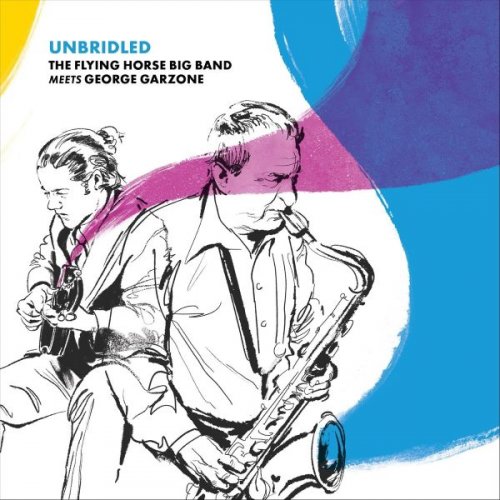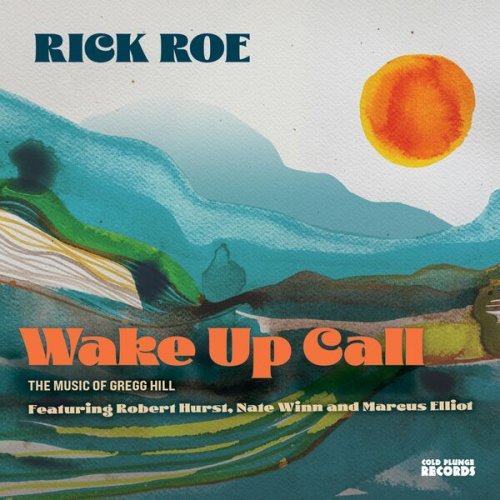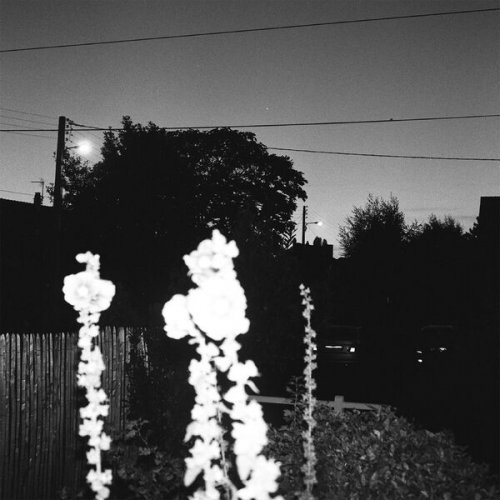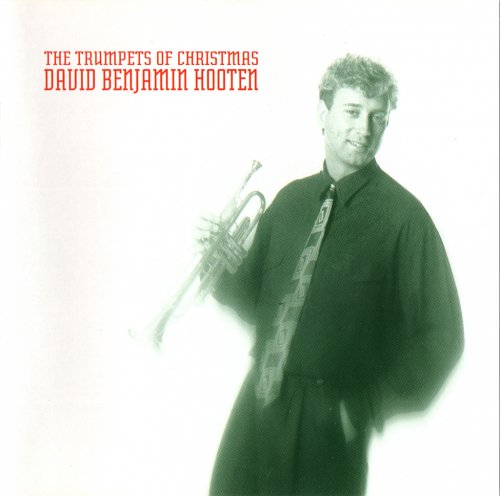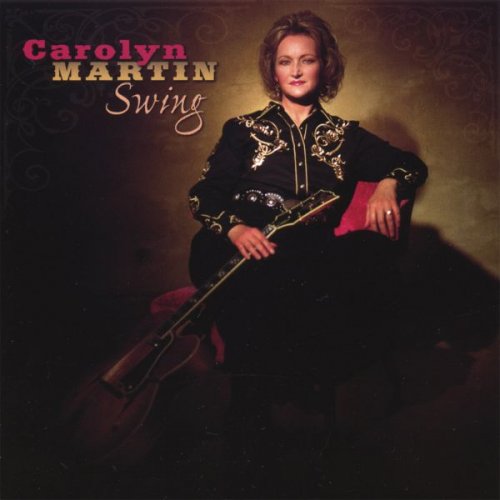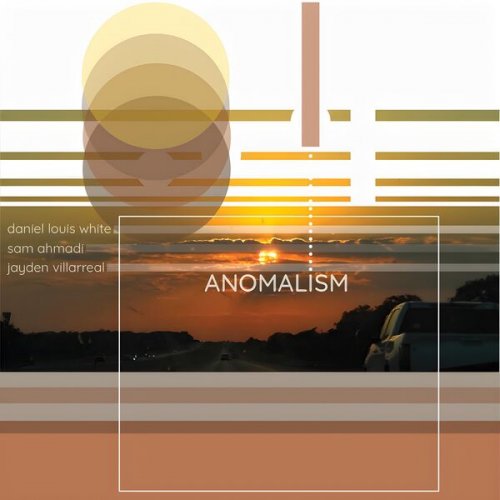Francesco Pasqualotto - Bartók: Piano Works (2021) [Hi-Res]
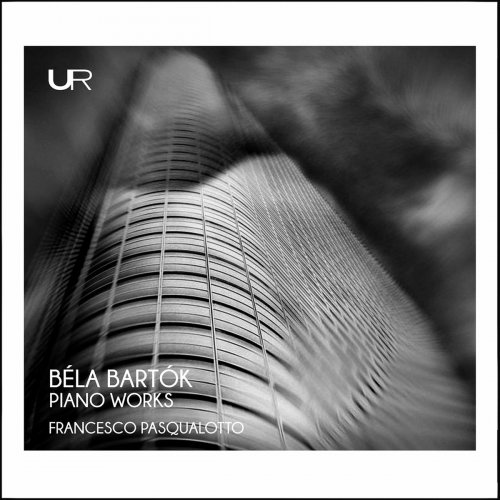
Artist: Francesco Pasqualotto
Title: Bartok: Piano Works
Year Of Release: 2021
Label: Urania Records
Genre: Classical
Quality: FLAC (tracks) [44.1kHz/24bit]
Total Time: 1:14:44
Total Size: 555 / 188 MB
WebSite: Album Preview
Tracklist:Title: Bartok: Piano Works
Year Of Release: 2021
Label: Urania Records
Genre: Classical
Quality: FLAC (tracks) [44.1kHz/24bit]
Total Time: 1:14:44
Total Size: 555 / 188 MB
WebSite: Album Preview
01. Out of Doors, Sz. 81: I. With Drums and Pipes
02. Out of Doors, Sz. 81: II. Barcarolla
03. Out of Doors, Sz. 81: III. Musettes
04. Out of Doors, Sz. 81: IV. The Night's Music
05. Out of Doors, Sz. 81: V. The Chase
06. 4 Dirges, Op. 9a, 4 Dirges, Sz. 45: I. Adagio
07. 4 Dirges, Op. 9a, 4 Dirges, Sz. 45: II. Andante
08. 4 Dirges, Op. 9a, 4 Dirges, Sz. 45: III. Poco lento
09. 4 Dirges, Op. 9a, 4 Dirges, Sz. 45: IV. Assai andante
10. Piano Suite, Op. 14, Sz. 62: I. Allegretto
11. Piano Suite, Op. 14, Sz. 62: II. Scherzo
12. Piano Suite, Op. 14, Sz. 62: III. Allegro molto
13. Piano Suite, Op. 14, Sz. 62: IV. Sostenuto
14. 10 Easy Pieces, Sz. 39: Dedication
15. 10 Easy Pieces, Sz. 39: No. 1, Peasant Song
16. 10 Easy Pieces, Sz. 39: No. 2, Frustration
17. 10 Easy Pieces, Sz. 39: No. 3, Slovakian Boys' Dance
18. 10 Easy Pieces, Sz. 39: No. 4, Sostenuto
19. 10 Easy Pieces, Sz. 39: No. 5, Evening in Transylvania
20. 10 Easy Pieces, Sz. 39: No. 6, Hungarian Folk Song
21. 10 Easy Pieces, Sz. 39: No. 7, Dawn
22. 10 Easy Pieces, Sz. 39: No. 8, Slovakian Folksong
23. 10 Easy Pieces, Sz. 39: No. 9, Five-Finger Exercise
24. 10 Easy Pieces, Sz. 39: No. 8, Bear Dance
25. 14 Bagatelles, Op. 6, Sz. 38: No. 1, Molto sostenuto
26. 14 Bagatelles, Op. 6, Sz. 38: No. 2, Allegro giocoso
27. 14 Bagatelles, Op. 6, Sz. 38: No. 3, Andante
28. 14 Bagatelles, Op. 6, Sz. 38: No. 4, Grave
29. 14 Bagatelles, Op. 6, Sz. 38: No. 5, Vivo
30. 14 Bagatelles, Op. 6, Sz. 38: No. 6, Lento
31. 14 Bagatelles, Op. 6, Sz. 38: No. 7, Allegretto molto capriccioso
32. 14 Bagatelles, Op. 6, Sz. 38: No. 8, Andante sostenuto
33. 14 Bagatelles, Op. 6, Sz. 38: No. 9, Allegretto grazioso
34. 14 Bagatelles, Op. 6, Sz. 38: No. 10, Allegro
35. 14 Bagatelles, Op. 6, Sz. 38: No. 11, Allegretto molto rubato
36. 14 Bagatelles, Op. 6, Sz. 38: No. 12, Rubato
37. 14 Bagatelles, Op. 6, Sz. 38: No. 13, Lento funebre
38. 14 Bagatelles, Op. 6, Sz. 38: No. 14, Waltz
Given the many facets of his work, perhaps it is not too much to say that Bartok's tormented work represents the keystone of the entire twentieth century.
Bartok's first piano works of some importance are strongly influenced by Lisztian writing (for example the Rhapsody op.1) and language, but already the 14 Bagatellas (1908) have a more dry writing. These are songs, greeted with enthusiasm by Busoni, which present a very heterogeneous language, both for technical complexity (the former, for simplicity, would even seem to be designed as songs for beginners, while no 10 and no 14 are decidedly more difficult ), both as a language. The Ten Easy Pieces were composed in the same year and somehow deepen the theme of "beginner songs" already present in the Bagatelle. The piece opens with a mysterious musical dedication, supernumerary compared to the ten pieces, in which we hear, clear and clear, again the theme-motto Stefi Geyer. The first pieces are extremely simple, yet they always have a color, an expression, a language of such interest as to make them absolutely effective even as concert pieces. As in the Bagatelle op. 14, a characteristic sign is the variety of language. There are passages with a clear popular flavour (nos 1, 2, 3, the splendid 5 that Bartok recorded several times, the 6 and 8). Others have a more experimental language. Shortly afterwards the 4 Diriges op. 9 (1910), unfortunately and incomprehensibly of rare execution. The influence of C. Debussy is immediately felt in the first one, whose music had thrilled the Hungarian composer at that time.
Bartok's first piano works of some importance are strongly influenced by Lisztian writing (for example the Rhapsody op.1) and language, but already the 14 Bagatellas (1908) have a more dry writing. These are songs, greeted with enthusiasm by Busoni, which present a very heterogeneous language, both for technical complexity (the former, for simplicity, would even seem to be designed as songs for beginners, while no 10 and no 14 are decidedly more difficult ), both as a language. The Ten Easy Pieces were composed in the same year and somehow deepen the theme of "beginner songs" already present in the Bagatelle. The piece opens with a mysterious musical dedication, supernumerary compared to the ten pieces, in which we hear, clear and clear, again the theme-motto Stefi Geyer. The first pieces are extremely simple, yet they always have a color, an expression, a language of such interest as to make them absolutely effective even as concert pieces. As in the Bagatelle op. 14, a characteristic sign is the variety of language. There are passages with a clear popular flavour (nos 1, 2, 3, the splendid 5 that Bartok recorded several times, the 6 and 8). Others have a more experimental language. Shortly afterwards the 4 Diriges op. 9 (1910), unfortunately and incomprehensibly of rare execution. The influence of C. Debussy is immediately felt in the first one, whose music had thrilled the Hungarian composer at that time.

